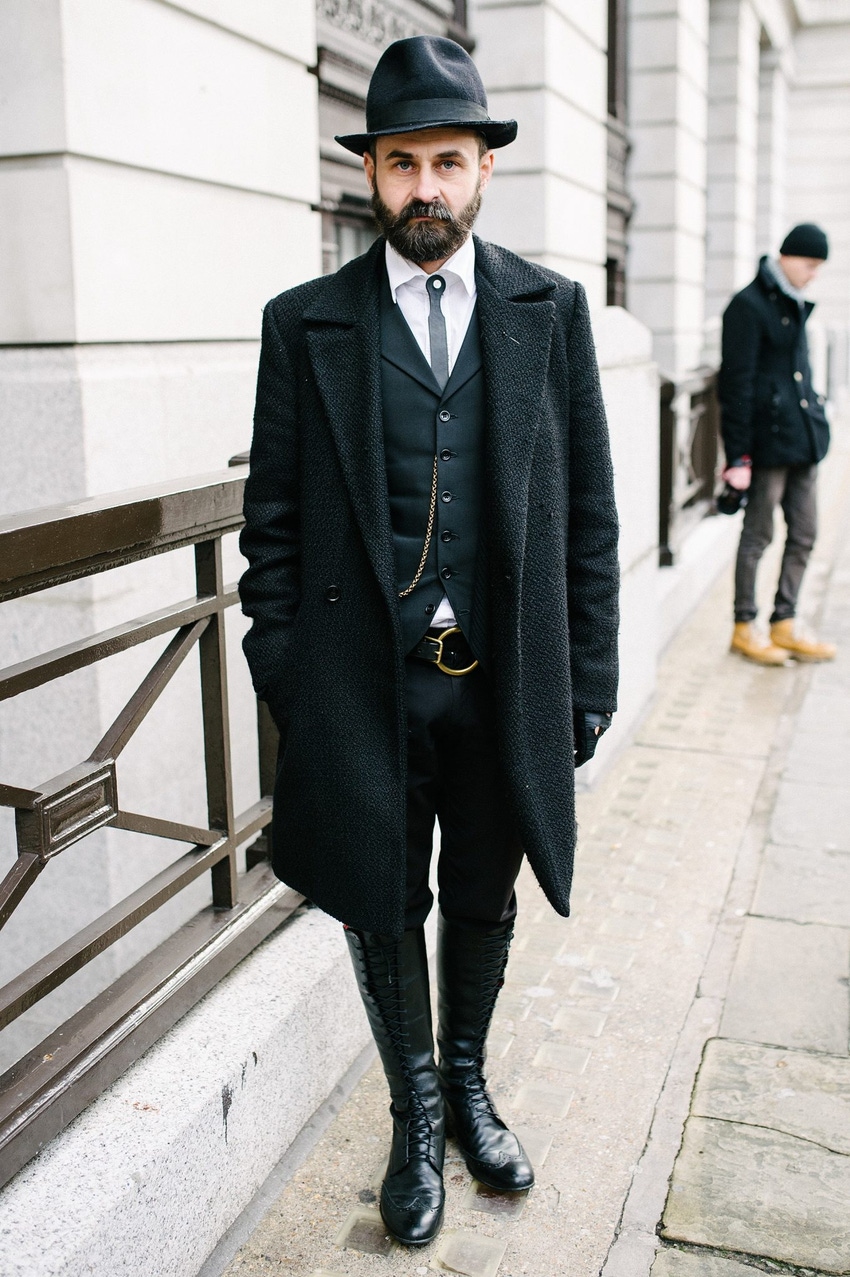It is too often that candidates worry about listing "significant" items on their resume and ignore the "small things" that make a lasting impression on employers during the interviewing process. The smallest things are often the biggest things
January 21, 2015

By John Davenjay
Let’s face it. The job market has changed drastically over the past few generations. The Baby Boomers relied heavily on their four-year college degree to help them secure employment, while Millennials are almost expected to have four-year college degrees and rely more heavily on post-graduate education, certification courses, and on-the-job achievements to strengthen their resumes. Anything that a candidate can do to increase their chances of landing their dream job should be undertaken. With that being said, it is too often that candidates worry about listing “significant” items on their resume and ignore the “small things” that make a lasting impression on employers during the interviewing process. The smallest things are often the biggest things.
They say that first impressions are everything, and this couldn’t be truer during the interviewing process. It almost seems laughable that this would be mentioned here, but showing up late to an interview places extreme doubt that the candidate cannot follow through on simple tasks through the eyes of employers. I would venture to say that 1 out of 6 people show up late to interviews. Candidates need to make sure that they map out the route to the interview location days prior to the meeting and a 30-minute cushion should be built in to compensate for any unforeseen delays.
Back in the day, before email, we had (and some of us still have) these gorgeous, heavy, glossy brochures that cost a ridiculous amount to print and far too much to post. Whenever a client would ask me to send them something, I would cringe, as I knew that a large percentage of the time my beautiful brochure was headed right to the wastebasket. I started not sending them. I would agree to send them, and then log a follow up call for a week or so later.
Click here for Talkin’ Cloud’s Top 100 CSP list
As I stated earlier, times have changed for candidates in the job market, but one thing that hasn’t changed is dressing for the part. Unless explicitly told otherwise by the employer conducting the meeting, wear a suit and tie (for men) or business suit (for women) to the interview. Dressing professionally not only shows the employer that you are serious about the position and value his or her time, but it commands respect. This often provides added confidence and will help the candidate to relax during the meeting. Candidates should also come to the meeting with multiple copies of his or her resume in a folder and something to write on. This shows the employer that the candidate is prepared to answer any questions about his or her background and displays an eagerness to record important information about the organization.
After the interview is completed, the candidate should email the employer, thanking them for their time and let them know they look forward to next steps in the interview process. It is also the responsibility of the candidate to get the employer’s contact information to send this follow up and thank you note. It is common courtesy to thank employers for their time, but this is just another way for the candidate to differentiate themselves from the competition when the employer is making their final decision.
What do you expect from candidates during job interviews? What is something you look for during the hiring process?
You May Also Like
